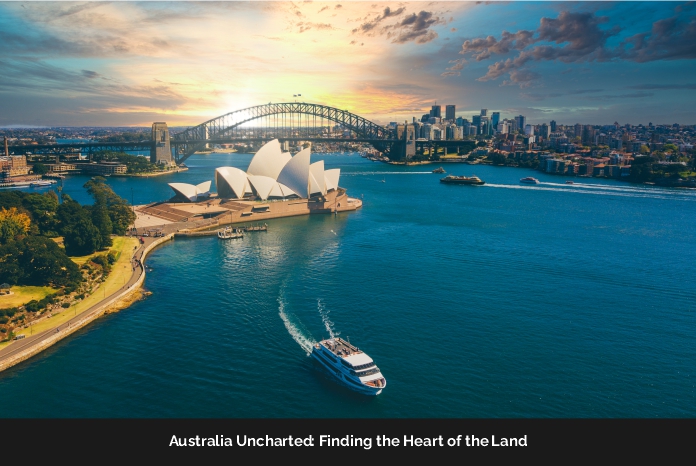The Great Barrier Reef, Uluru, and the Sydney Opera House—three of Australia’s most well-known landmarks—have long drawn visitors from all over the world. However, a subtle shift is taking place in 2025. A new type of traveler is abandoning the well-worn path and seeking out the off-the-beaten-path places. These travelers are seeking authenticity, connection, and meaning rather than just beauty.
A Trip Outside of the Guidebook
The modern traveler is not content to simply cross places off a list. Instead, they are traveling to the heart of Australia’s people and landscapes in order to interact with the nation more deeply and personally. This method has brought attention to previously overlooked locations, where culture is rich, stories are told slowly, and nature is still wild.
Consider the Eyre Peninsula in South Australia. Its towering cliffs, secluded beaches, and teeming marine life provide an unspoiled and untamed look at coastal Australia. Here, visitors can paddle with sea lions, taste oysters plucked from the sea, and trek across wind-swept headlands with not another living soul around. It’s a land where isolation is a luxury.
Culture in the Red Centre
Back in the country, the Outback is being reclaimed—not as a harsh adventure, but as a cultural odyssey. Indigenous tours are providing visitors the opportunity to traverse Country with guides who possess ancient wisdom, Dreamtime narratives, and a profound spiritual connection to the land. These excursions are not performances; they’re invitations to sit back, listen, learn, and contemplate.
The Flinders Ranges, too, are more than a geological marvel. They’re a living tapestry of Aboriginal past, where rock art and sacred sites tell a story that spans tens of thousands of years. Visitors who take the time to listen to these stories tend to leave with a different perspective—not only of Australia, but of themselves in the world.
Tasmania’s Wild Welcome
Tasmania itself is also becoming a refuge for nature and complexity. Its far-flung reaches—such as the Tarkine Rainforest or Bruny Island—provide a combination of rawness and welcome. Travelers can hunt for free ingredients, sleep in solar-powered eco-lodges, and enjoy meals with locals who are determined to protect their environment and heritage.
What makes these experiences so compelling is how intimate they are. They’re not factory-produced or staged for Instagram. They’re authentic, place-based, and defined by the individuals who reside there.
The Future of Travel Is Personal
This new travel movement isn’t about dodging the famous—it’s about broadening the story. Australia’s secret gems are no secret at all; they just need visitors who are happy to hang back, pose questions, and linger in the unfamiliar.
The most memorable journeys are not the ones that follow the guidebook. They’re the ones that unfold naturally, shaped by curiosity, respect, and a willingness to see Australia not just as a destination, but as a living, breathing story.
Also Read exclusive interview of Jan Hutton





